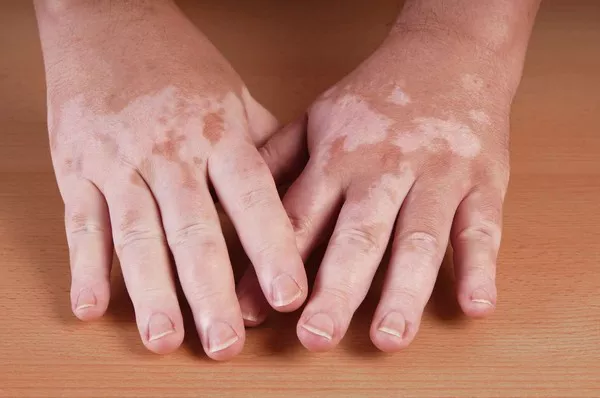Vitiligo is a skin condition characterized by the loss of pigment-producing cells (melanocytes), leading to patches of depigmented skin. One of the most challenging aspects of vitiligo is its tendency to spread, affecting new areas of the skin over time. This article delves into the underlying causes and mechanisms that contribute to the spread of vitiligo.
What is Vitiligo?
Vitiligo affects approximately 1% of the world’s population and can manifest at any age, although it often begins before the age of 20. It is believed to be an autoimmune disorder where the body’s immune system mistakenly targets and destroys its own melanocytes, leading to pigment loss in the affected areas. While the exact cause of vitiligo remains unclear, several factors contribute to its development and progression.
The Role of Genetics
Genetic predisposition plays a significant role in the development of vitiligo. Studies have shown that individuals with a family history of vitiligo are more likely to develop the condition themselves. Specific genes associated with immune regulation and melanocyte function have been identified as potential contributors to vitiligo susceptibility. However, having these genetic factors alone is not sufficient to cause vitiligo; environmental triggers also play a crucial role.
Immune System Dysfunction
One of the primary mechanisms behind the spread of vitiligo is immune system dysfunction. In vitiligo, the immune system mistakenly identifies melanocytes as foreign cells and attacks them. This immune response not only destroys melanocytes in existing patches of depigmented skin but can also target melanocytes in nearby healthy skin, leading to the expansion of affected areas.
Triggers and Environmental Factors
Various environmental factors can trigger or exacerbate vitiligo. These include:
1. Physical Trauma: Skin trauma, such as cuts, burns, or excessive friction, can trigger the onset or spread of vitiligo in susceptible individuals. This phenomenon is known as the Koebner phenomenon.
2. Emotional Stress: Psychological stress can impact immune function and may contribute to the development or progression of vitiligo. Stress management techniques are often recommended as part of vitiligo treatment plans.
3. Chemical Exposure: Certain chemicals found in cosmetics, hair dyes, and other topical products may trigger vitiligo in genetically predisposed individuals.
4. Infections: Some infections, particularly those affecting the skin, have been linked to the development or worsening of vitiligo. The exact mechanism by which infections contribute to vitiligo is not fully understood but is believed to involve immune system activation.
Hormonal Imbalances
Hormonal changes or imbalances can also influence the progression of vitiligo. For instance, thyroid dysfunction, which is common in individuals with autoimmune disorders, may be associated with vitiligo. Hormonal fluctuations during puberty, pregnancy, or menopause can also impact melanocyte function and immune regulation, potentially affecting the spread of vitiligo.
Autoimmune Response
Vitiligo is considered an autoimmune disorder, where the body’s immune system mistakenly attacks healthy cells. This autoimmune response is characterized by the production of antibodies and inflammatory molecules that target melanocytes. Over time, the immune response can intensify, leading to the spread of vitiligo to unaffected areas of the skin.
Treatment and Management
While there is currently no cure for vitiligo, various treatment options are available to manage symptoms and slow down the spread of the condition. These include:
1. Topical Treatments: Corticosteroid creams and topical calcineurin inhibitors can help repigment affected areas of the skin.
2. Phototherapy: UV light therapy (PUVA or narrowband UVB) can stimulate repigmentation in vitiligo patches.
3. Oral Medications: Oral corticosteroids or immune-modulating drugs may be prescribed for widespread or progressive vitiligo.
4. Surgical Interventions: Procedures like skin grafting, micropigmentation, and depigmentation can be considered in severe cases of vitiligo.
Conclusion
Understanding the factors contributing to the spread of vitiligo is essential for developing effective treatment strategies and improving patient outcomes. While the exact mechanisms underlying vitiligo spread are complex and multifaceted, ongoing research continues to shed light on new therapeutic targets and approaches for managing this challenging condition. Through a combination of medical interventions, lifestyle modifications, and emotional support, individuals with vitiligo can achieve improved quality of life and better control over the progression of their condition.
Related Topics:


























